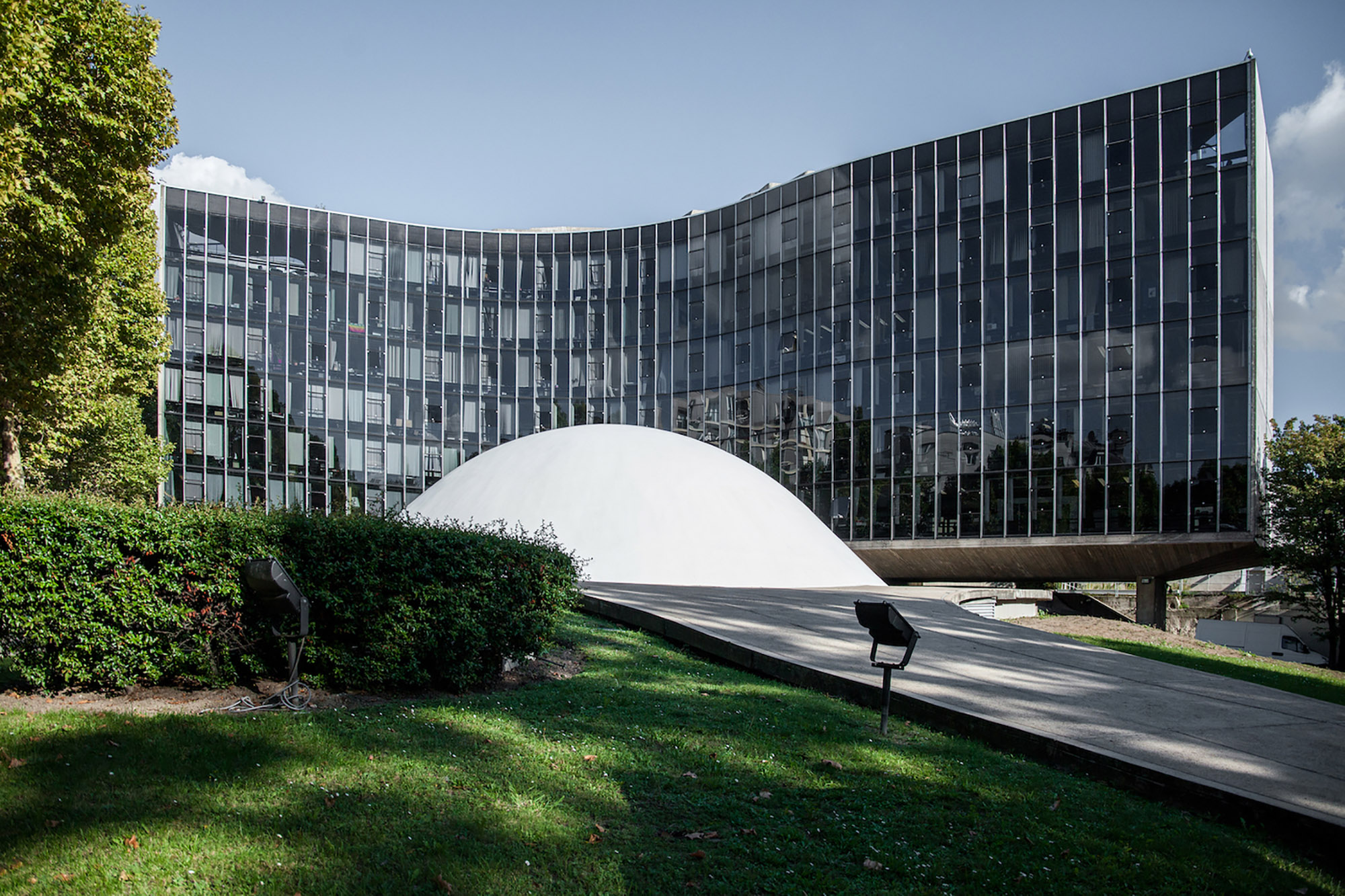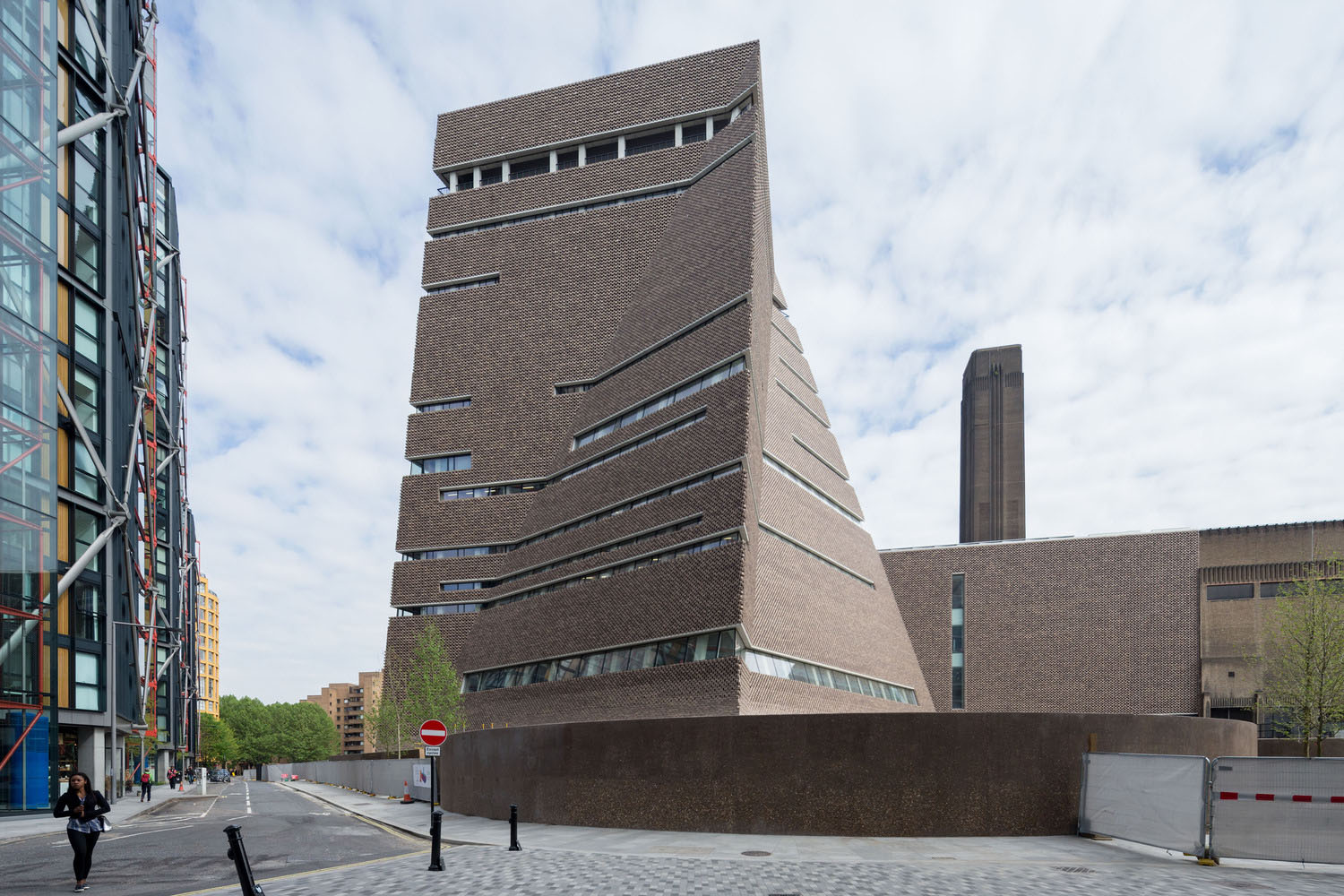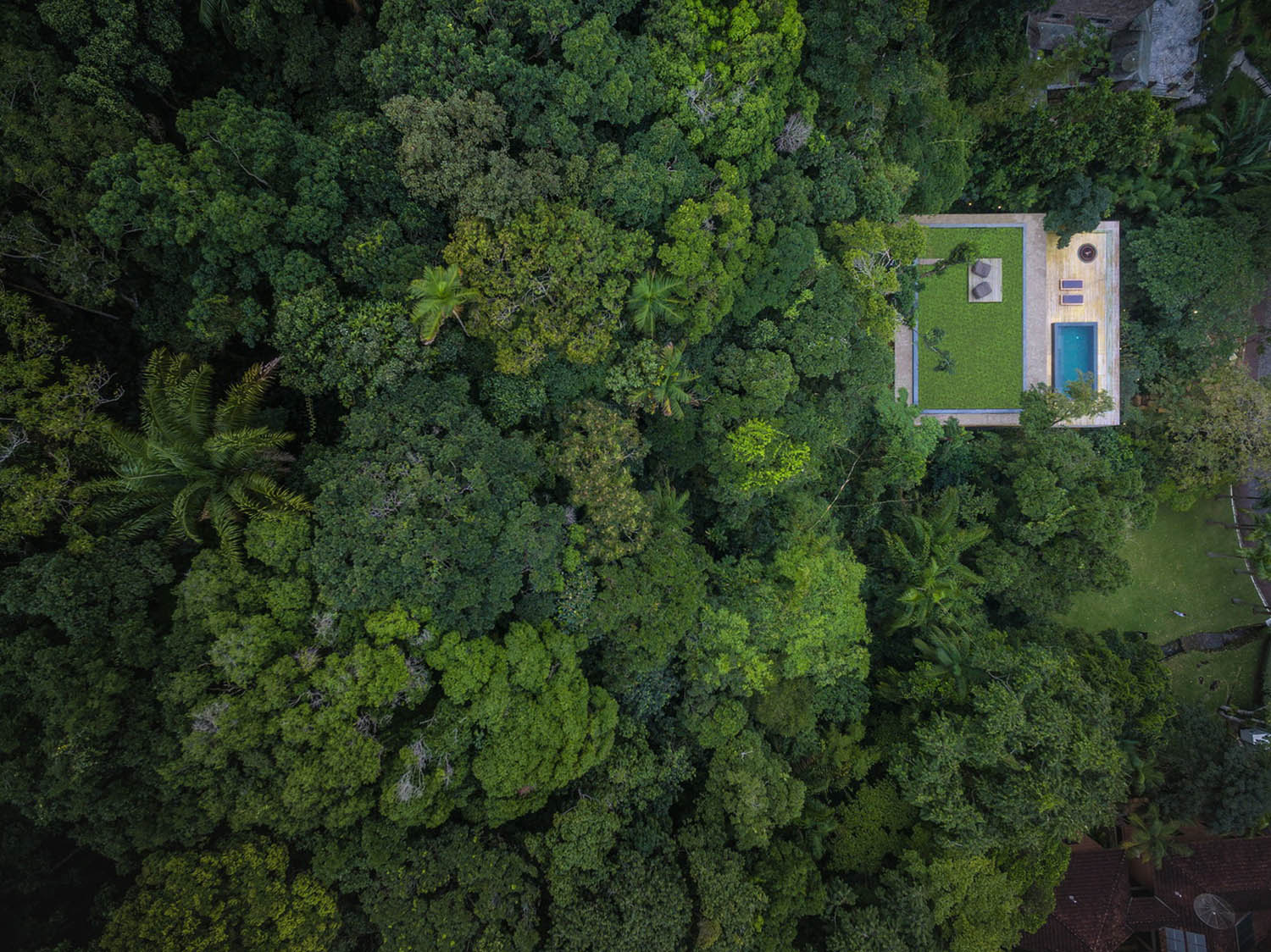Wellesley College Science Complex design by SOM #architecture
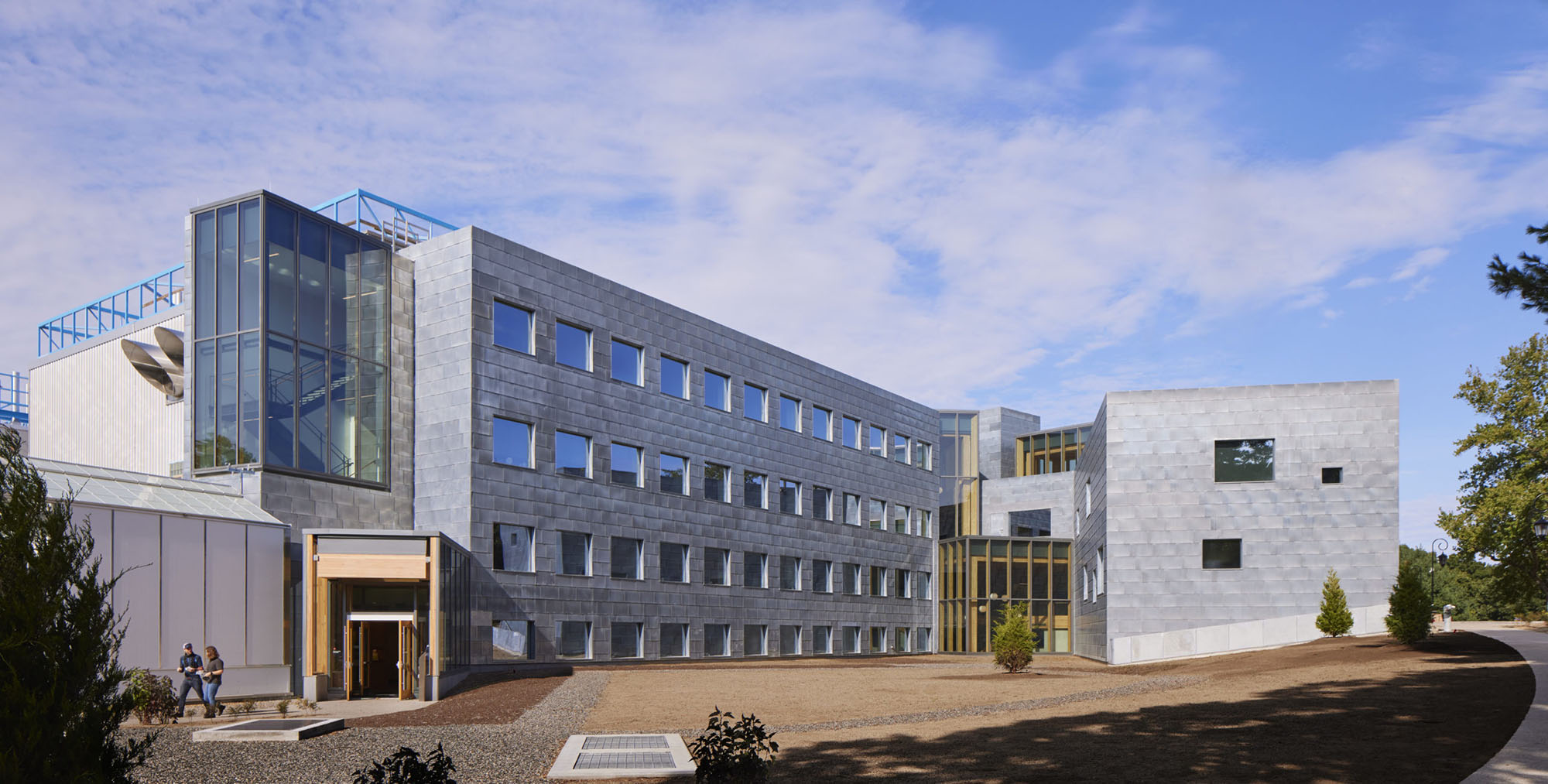
© Skidmore, Owings & Merrill (SOM)
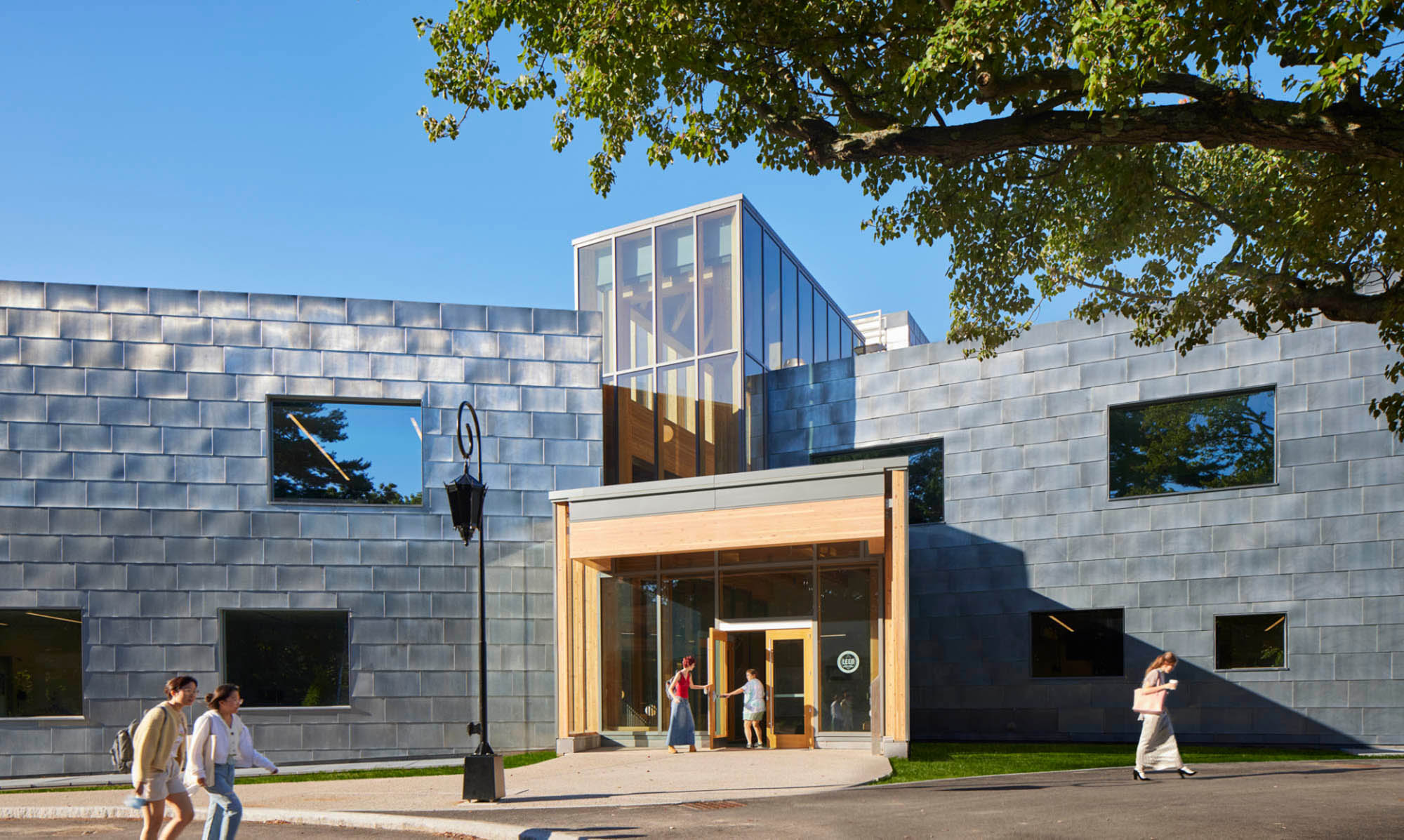
© Skidmore, Owings & Merrill (SOM)
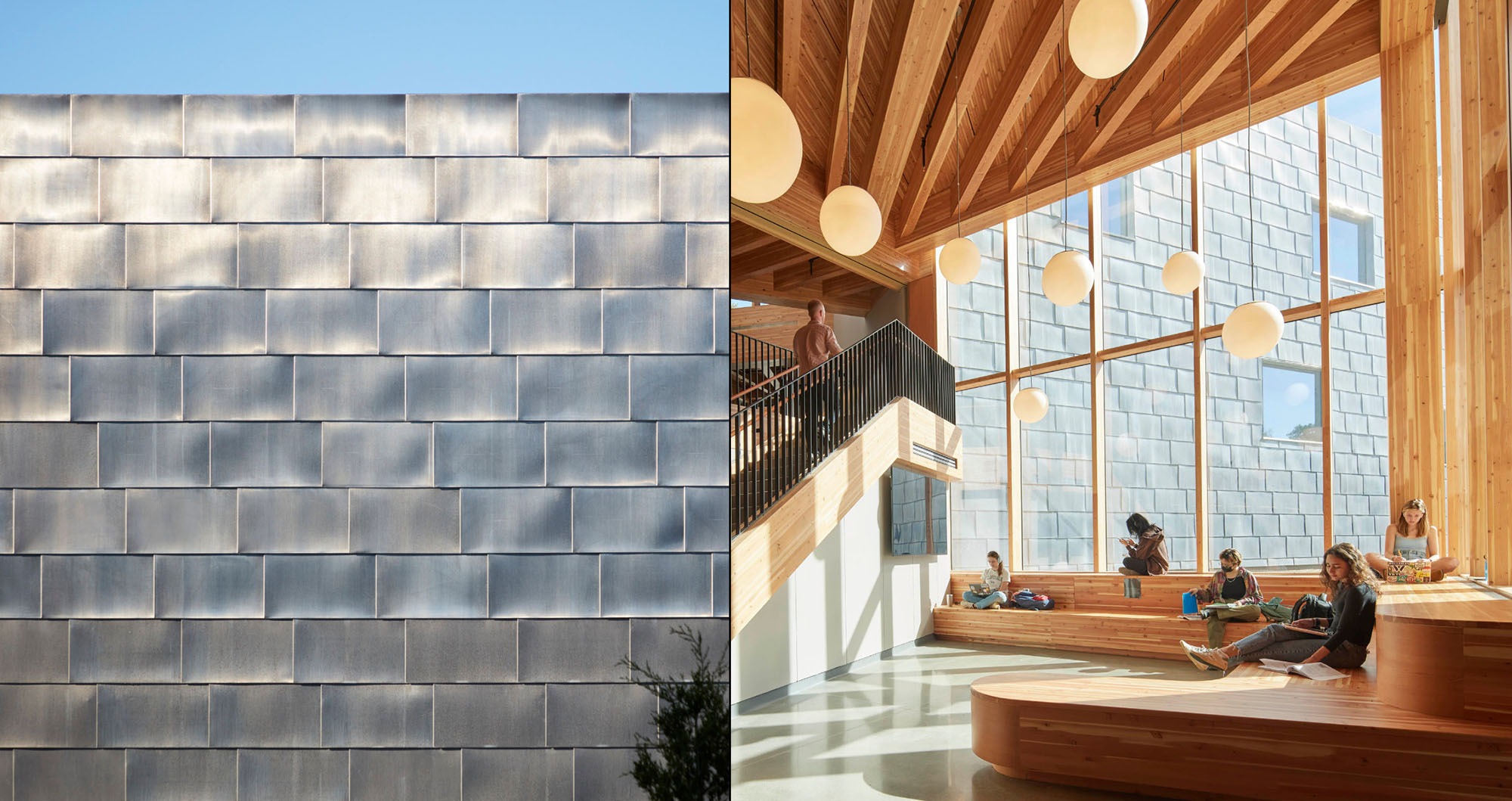
© Skidmore, Owings & Merrill (SOM)
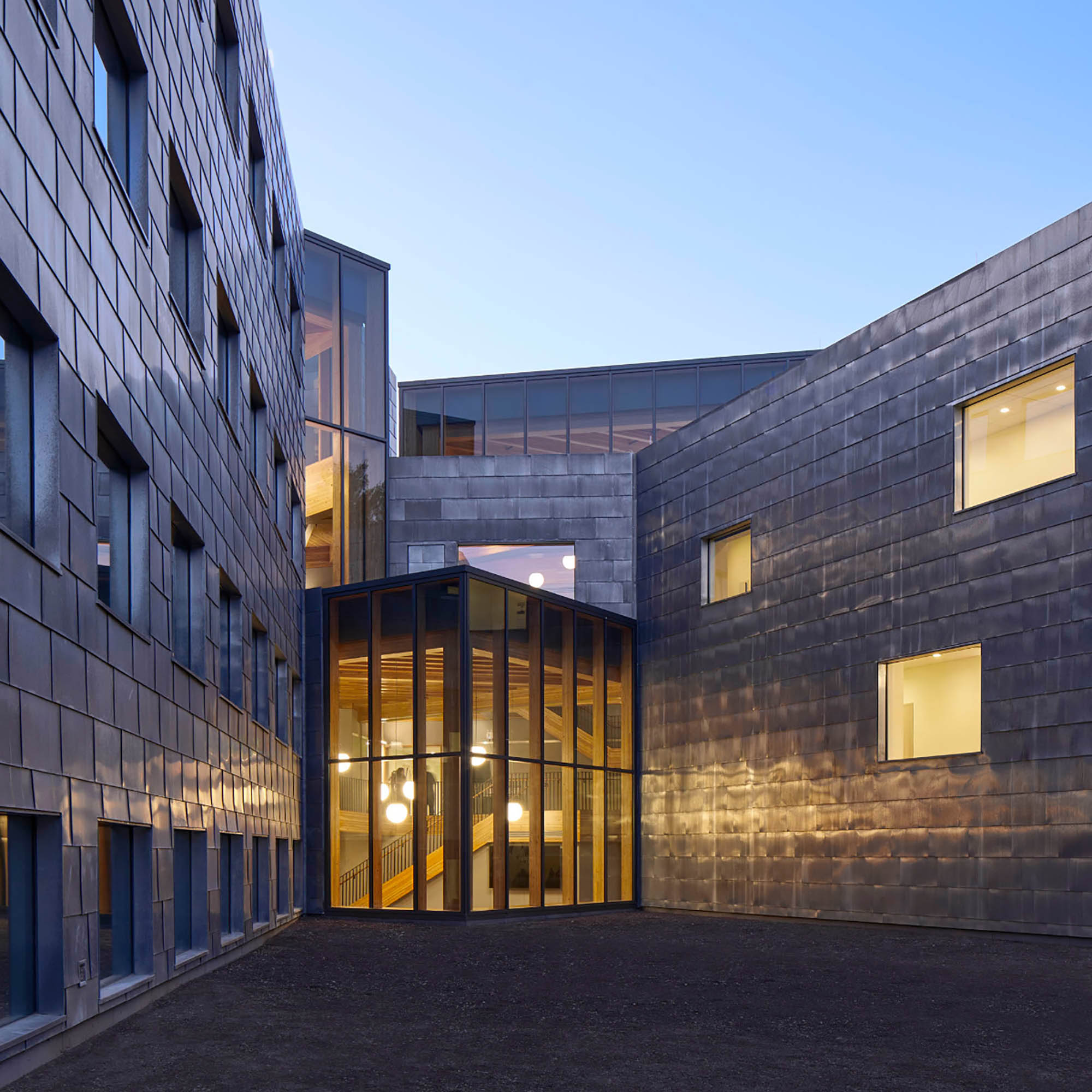
© Skidmore, Owings & Merrill (SOM)

© Skidmore, Owings & Merrill (SOM)
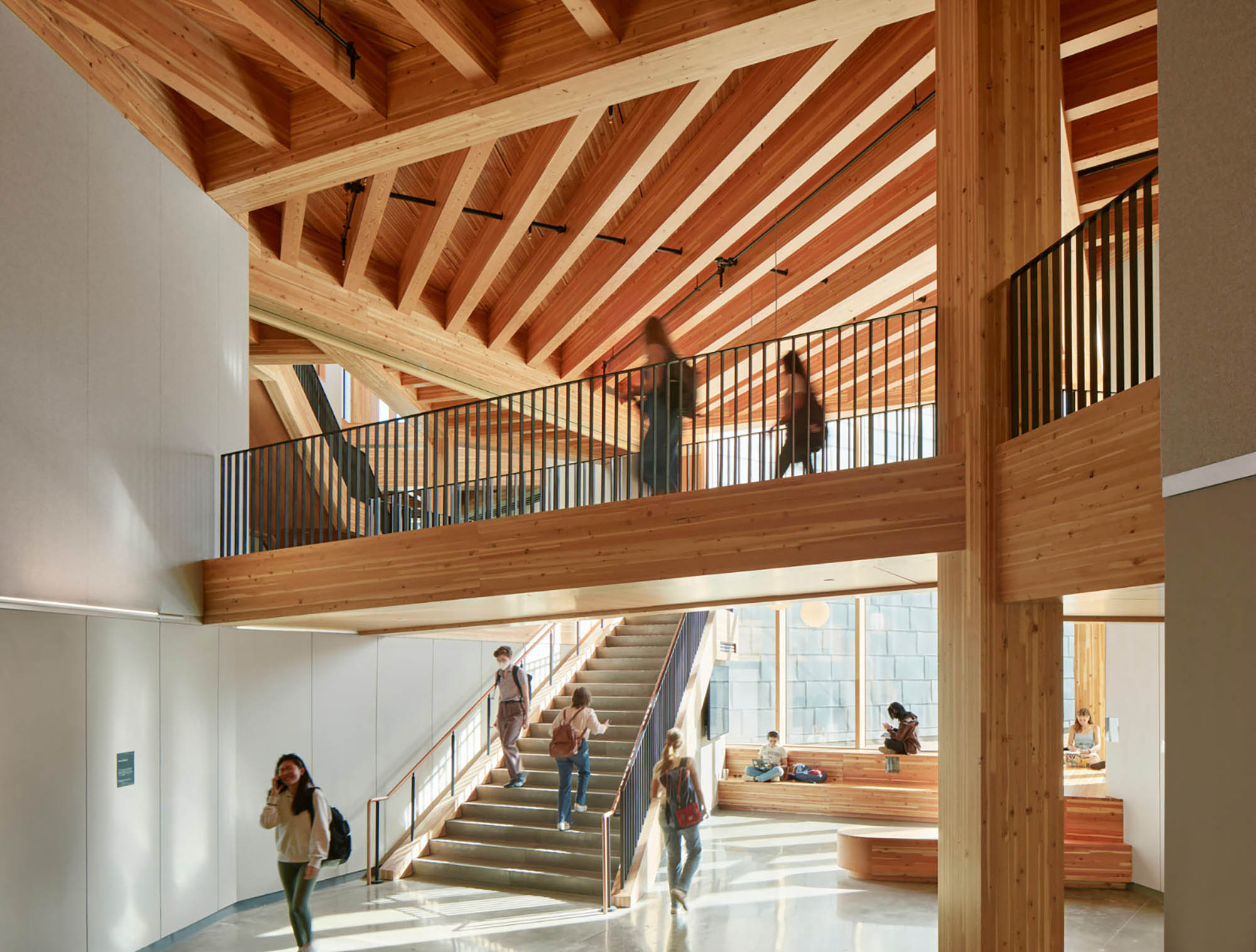
© Skidmore, Owings & Merrill (SOM)
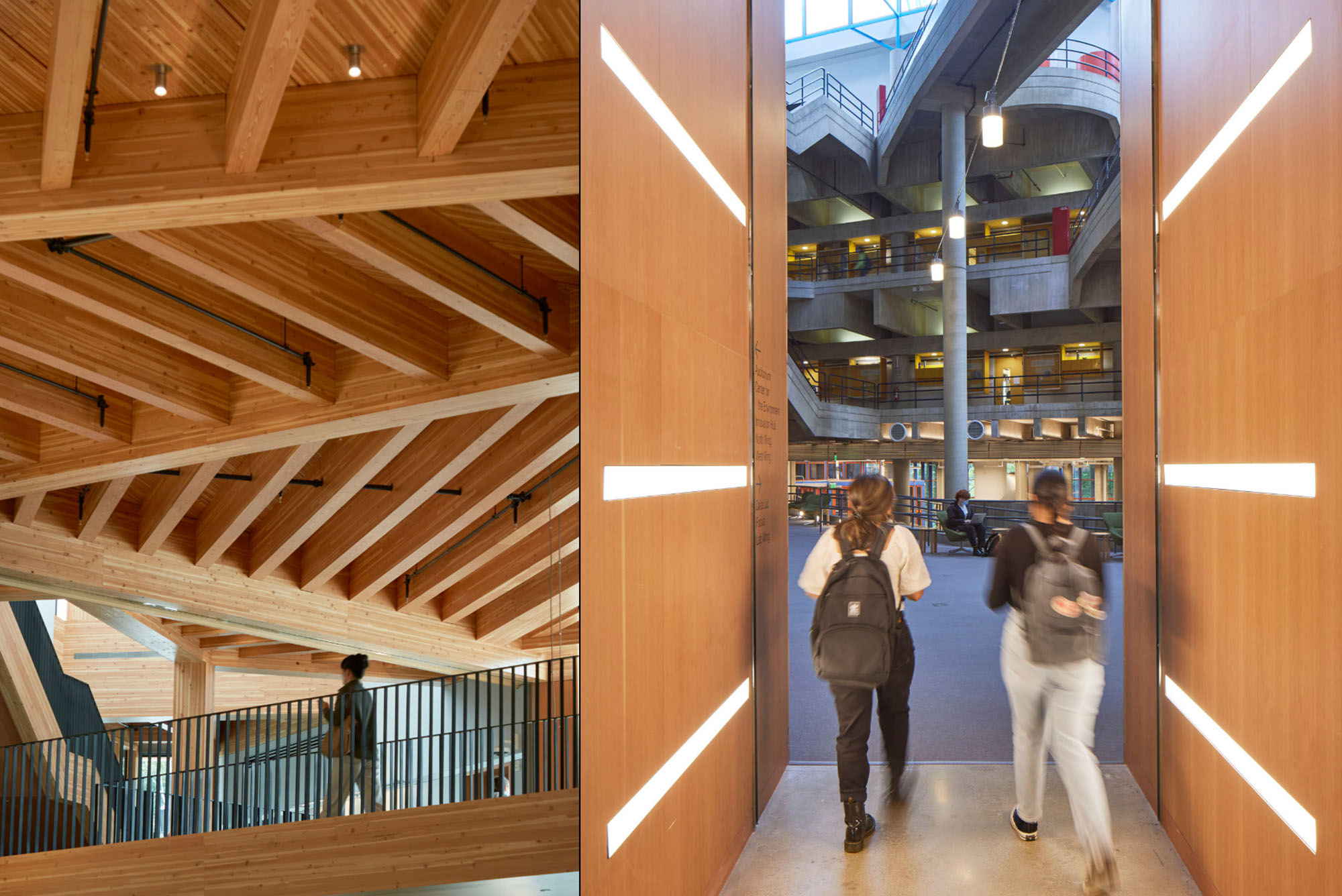
© Skidmore, Owings & Merrill (SOM)
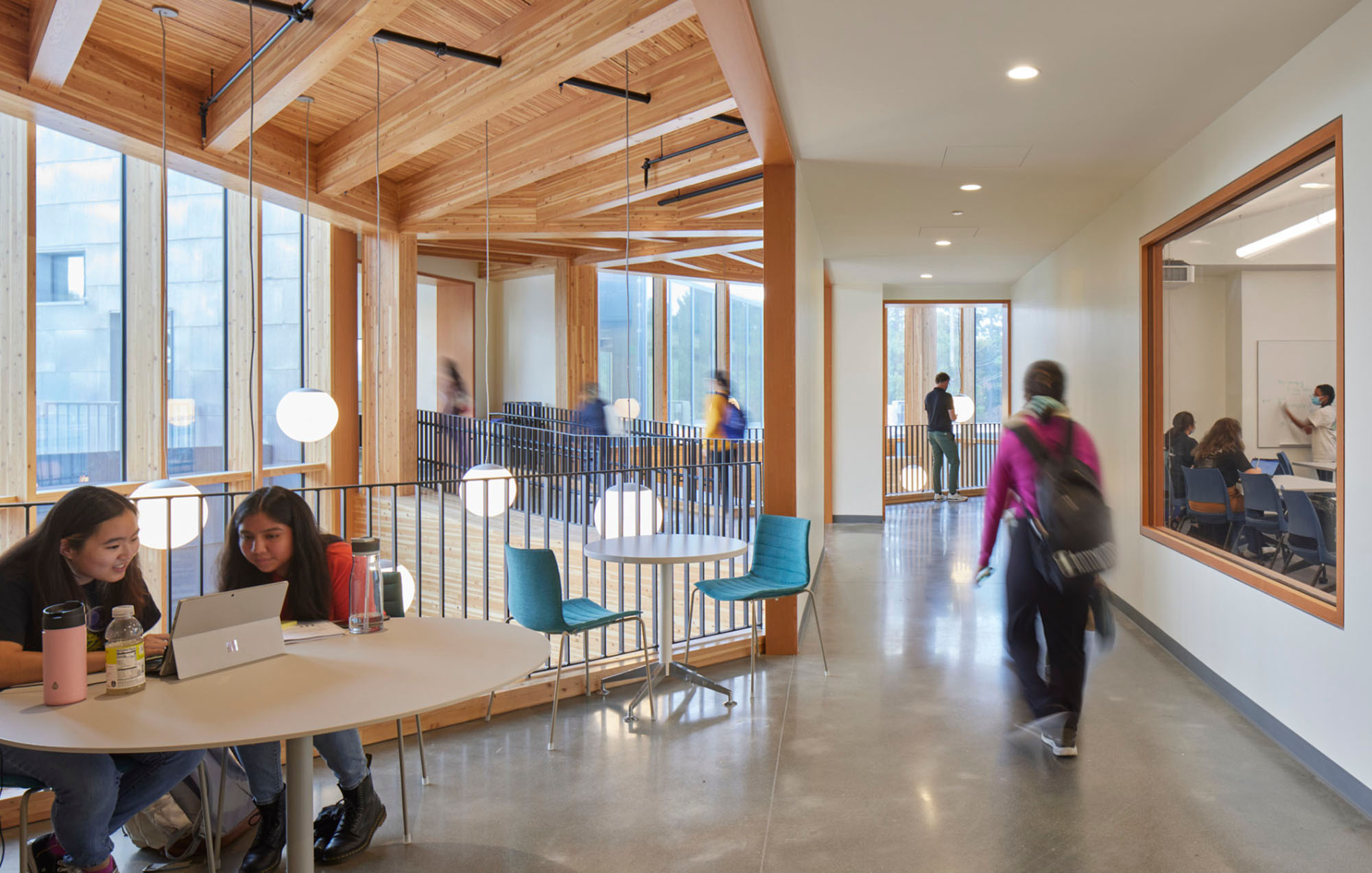
© Skidmore, Owings & Merrill (SOM)

© Skidmore, Owings & Merrill (SOM)
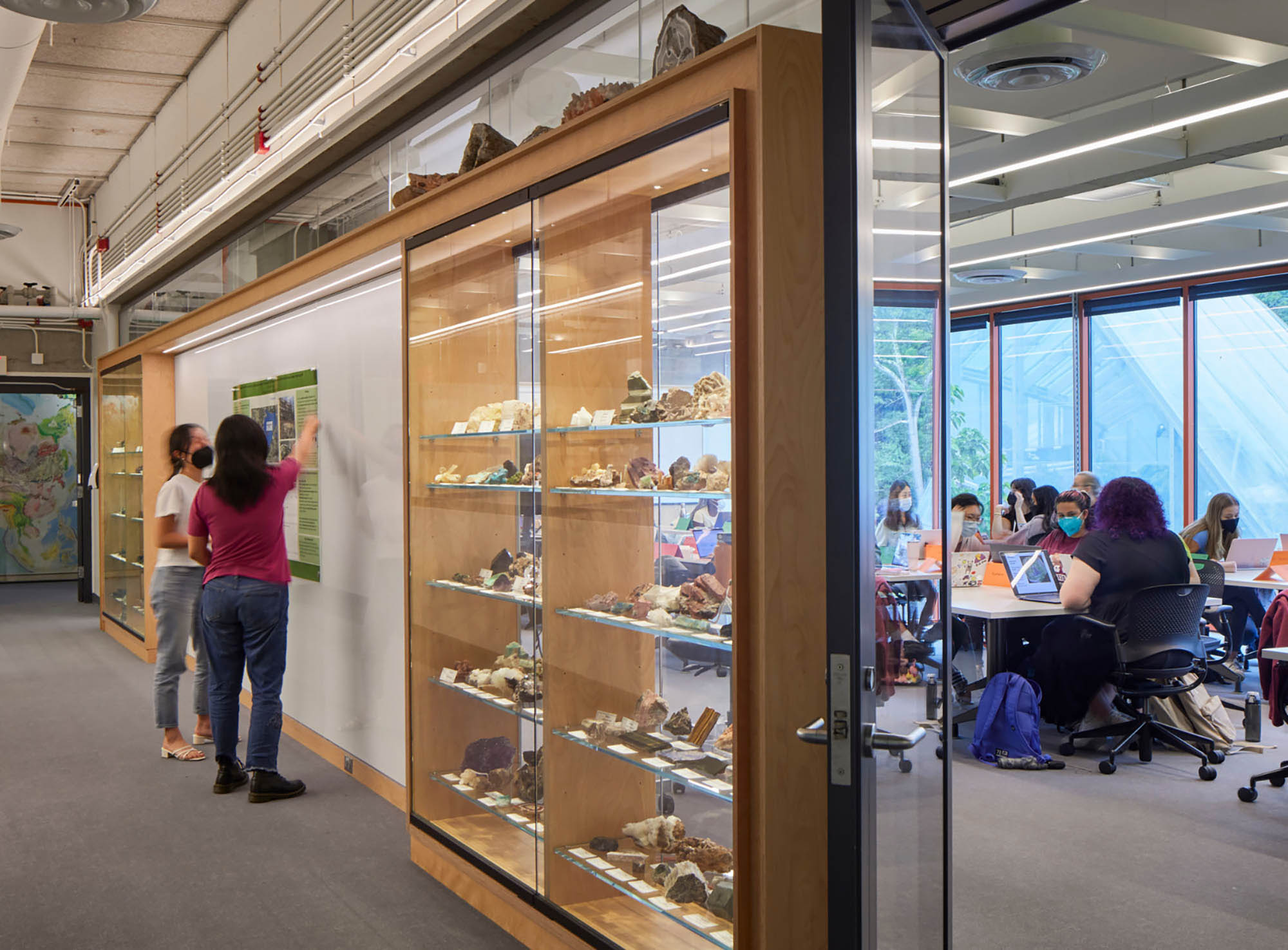
© Skidmore, Owings & Merrill (SOM)
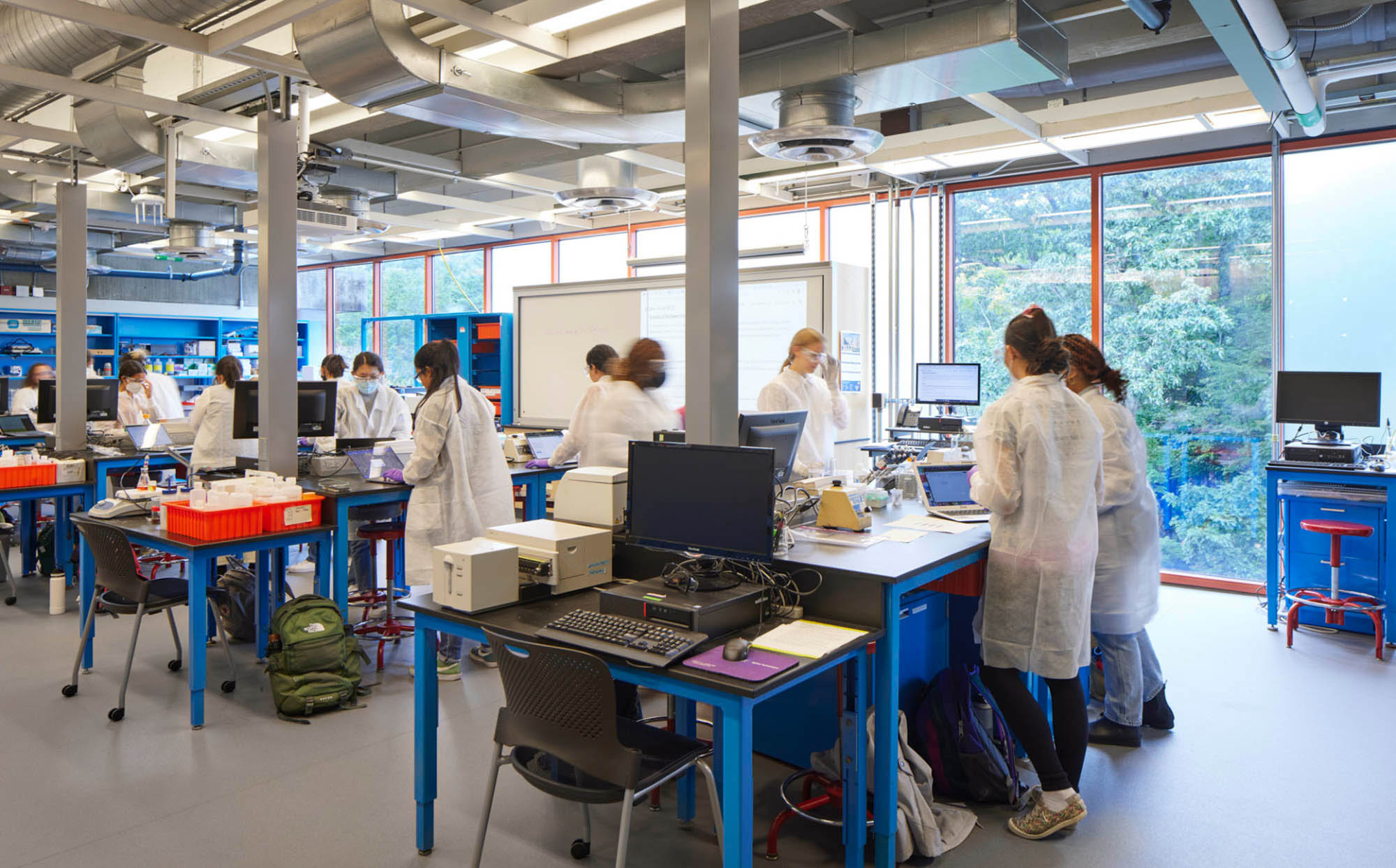
© Skidmore, Owings & Merrill (SOM)
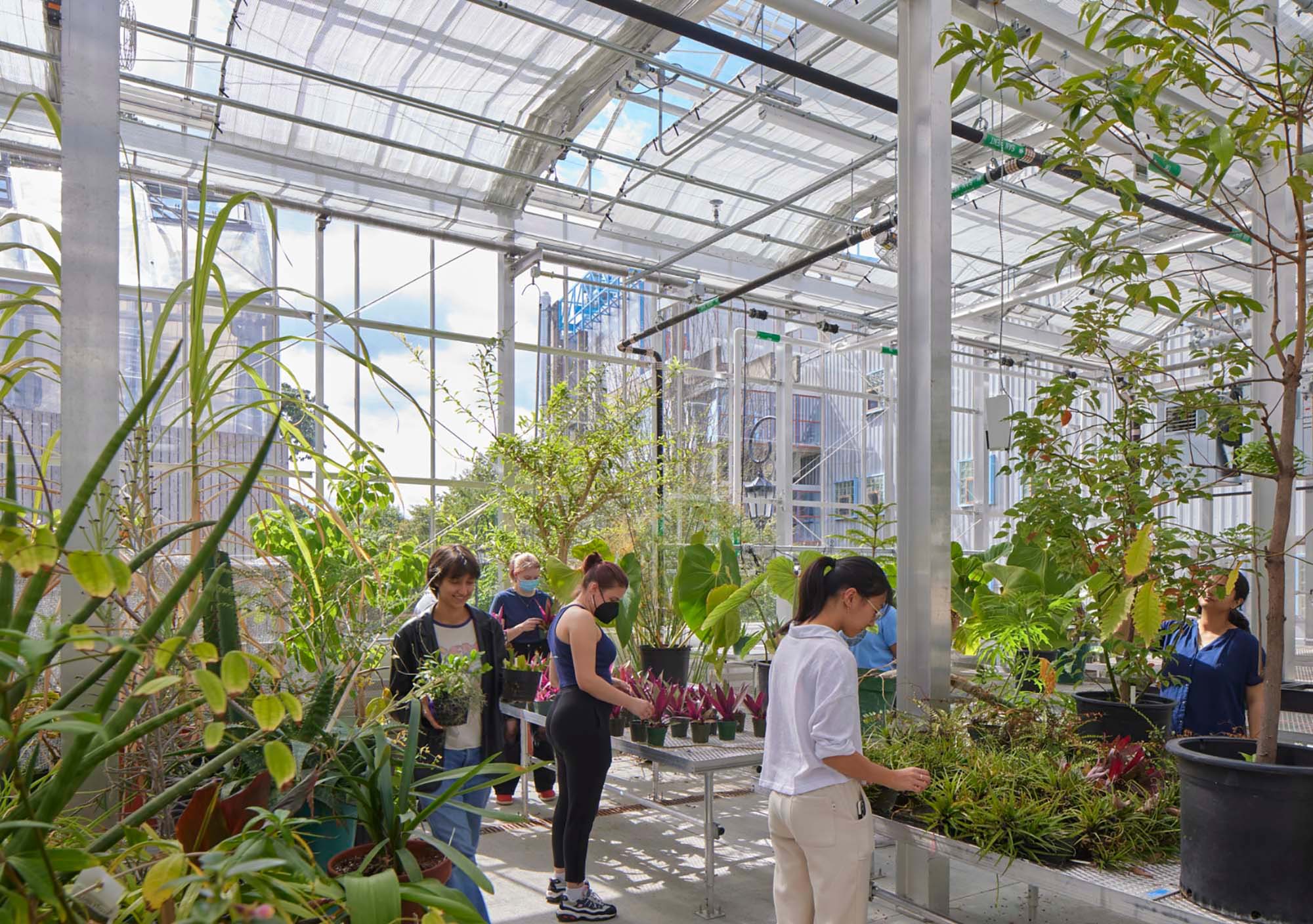
© Skidmore, Owings & Merrill (SOM)

© Skidmore, Owings & Merrill (SOM)

© Skidmore, Owings & Merrill (SOM)
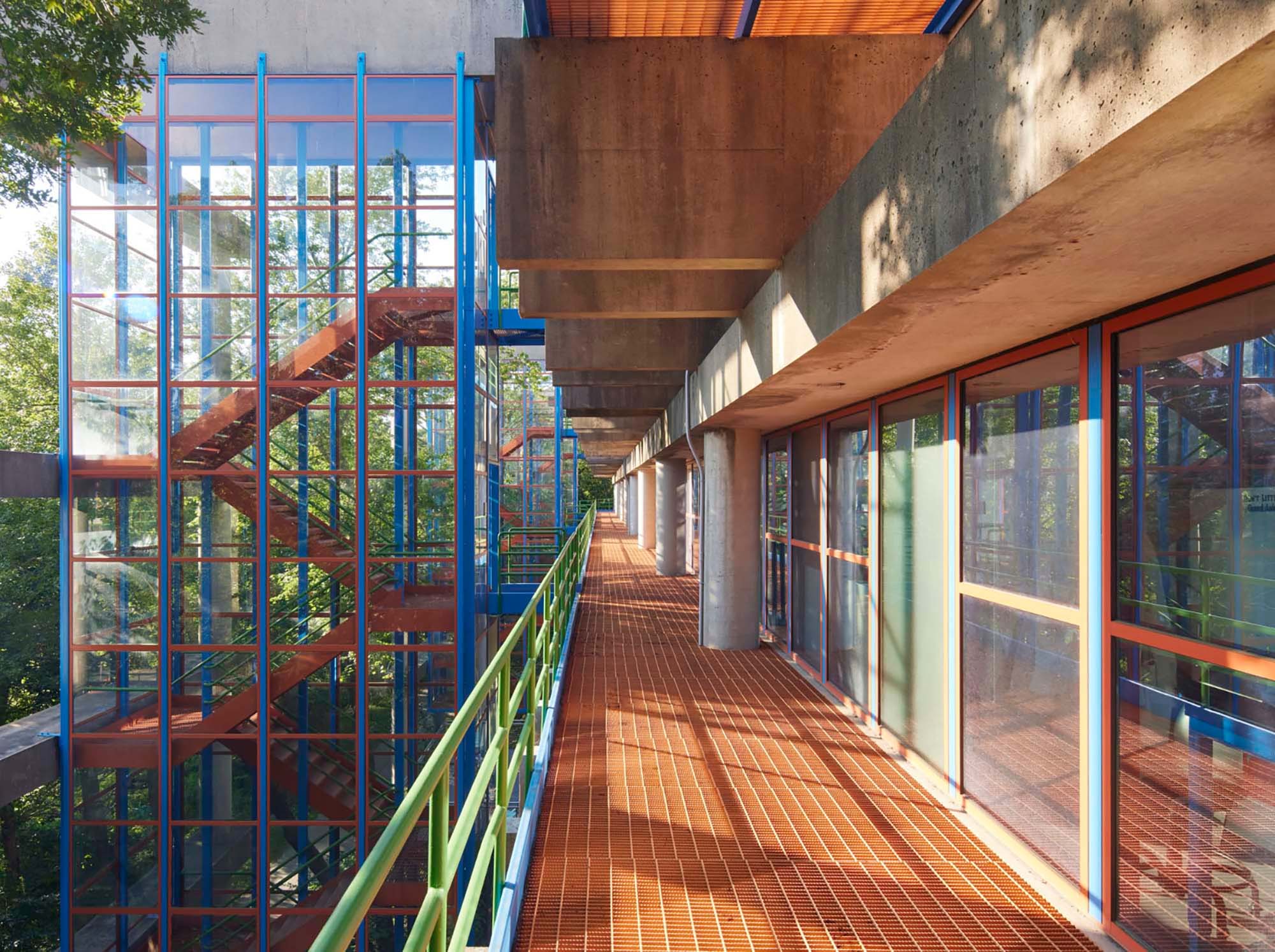
© Skidmore, Owings & Merrill (SOM)

© Skidmore, Owings & Merrill (SOM)
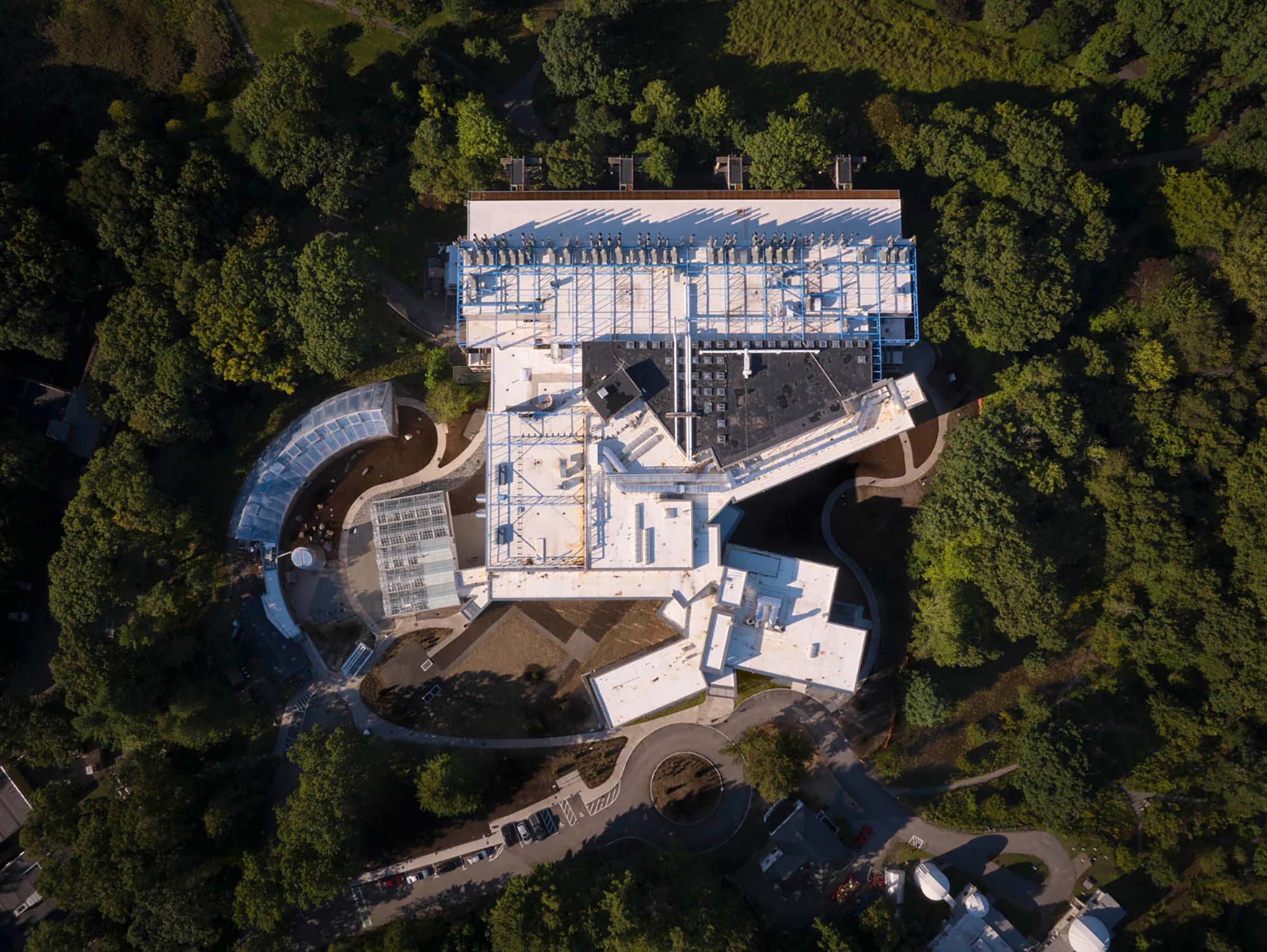
© Skidmore, Owings & Merrill (SOM)
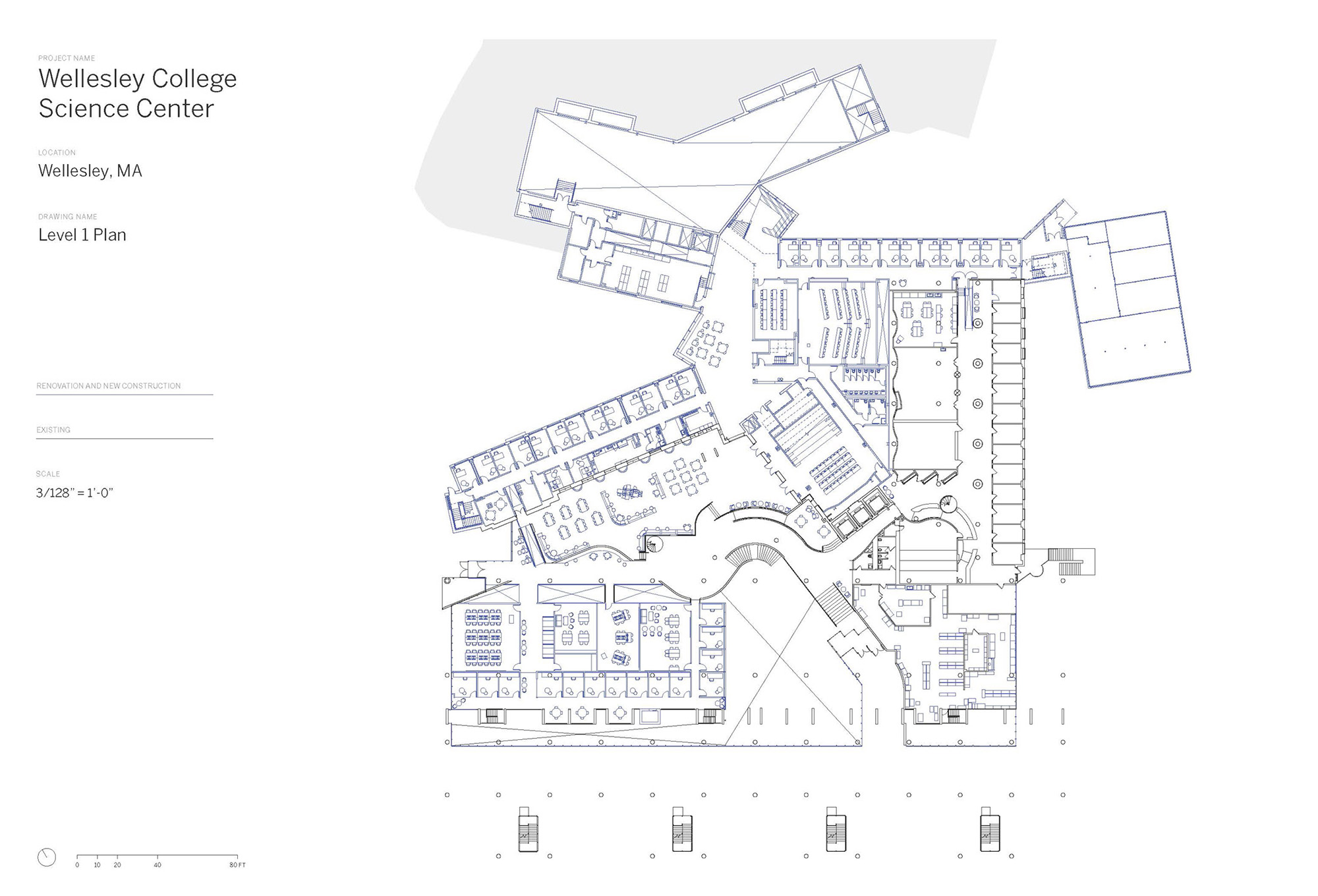
© Skidmore, Owings & Merrill (SOM)
Project: Wellesley College Science Complex
Architect: Skidmore, Owings & Merrill (SOM)
Client: Wellesley College
Expertise: Adaptive Reuse, Higher Education, Interiors
Region: North America
Location: Wellesley, Massachusetts, United States
Status: Construction Complete
Completion Year: 2022
Design Finish Year: 2018
Size
Site Area: 4.93 acres
Number of Stories: 4
Building Gross Area: 277,000 square feet
Client: Wellesley College
Expertise: Adaptive Reuse, Higher Education, Interiors
Region: North America
Location: Wellesley, Massachusetts, United States
Status: Construction Complete
Completion Year: 2022
Design Finish Year: 2018
Size
Site Area: 4.93 acres
Number of Stories: 4
Building Gross Area: 277,000 square feet
Reimagining the science center for the 21st century
Since its founding in 1870, Wellesley College has been a pioneer in science education for women. More than a century and a half later, SOM reimagined the institution’s science center to accommodate an increased demand for STEM education and a 21st-century style of learning. With new spaces featuring state-of-the-art learning and research facilities, a restoration of the surrounding landscape, and a strategy to conserve and renovate the most distinctive elements of the existing center, the new Science Complex maintains Wellesley’s position at the forefront in STEM education for women.
Since its founding in 1870, Wellesley College has been a pioneer in science education for women. More than a century and a half later, SOM reimagined the institution’s science center to accommodate an increased demand for STEM education and a 21st-century style of learning. With new spaces featuring state-of-the-art learning and research facilities, a restoration of the surrounding landscape, and a strategy to conserve and renovate the most distinctive elements of the existing center, the new Science Complex maintains Wellesley’s position at the forefront in STEM education for women.
Reconnecting Science Hill
The original structures—built in the late 1920s and early 1930s, consolidated into the science center in the 1970s, and expanded in the 1990s—were a mix of disparate architectural styles. The science center merged a collegiate Gothic brick structure with a modernist addition that needed substantial renovation to its exterior and to underutilized spaces inside. Fortress-like and difficult to navigate, the center was less than the sum of its parts.
The original structures—built in the late 1920s and early 1930s, consolidated into the science center in the 1970s, and expanded in the 1990s—were a mix of disparate architectural styles. The science center merged a collegiate Gothic brick structure with a modernist addition that needed substantial renovation to its exterior and to underutilized spaces inside. Fortress-like and difficult to navigate, the center was less than the sum of its parts.
The project takes on the entirety of Science Hill, linking together the existing Whitin Observatory, the Global Flora Conservatory, the arboretum, and the botanic gardens with the renovation and expansion of the science center into the Science Complex. The new complex opens onto a reimagined landscape, which introduces new gardens that will be used for scientific and ecological pedagogy, in the spirit of a “living laboratory.” As part of the curriculum, the landscape will be installed by students and faculty.
SOM oversaw the complete renovation of the L-Wing, which involved converting a 200-foot-long hallway into a “whiteboard alley,” installing a new, suspended terrace among the treetops, and replacing the entire building envelope with more durable materials that improve thermal insulation and energy performance. With its expansive laboratory spaces and exposed concrete structure and mechanical systems, the L-Wing boldly contrasts with the more traditional architectural styles of the Wellesley campus.
This contrast is heightened in the building’s signature space, called the Focus: a multi-story atrium that was created by enclosing the space between the L-Wing and the neighboring Sage Hall. The neo-Gothic brick facade of Sage Hall forms one wall within this modernist atrium, creating an interplay between old and new. In renovating the L-Wing, the team preserved the architectural integrity of the space, including the original brick wall, while demolishing the rest of Sage Hall to make way for the addition.
This contrast is heightened in the building’s signature space, called the Focus: a multi-story atrium that was created by enclosing the space between the L-Wing and the neighboring Sage Hall. The neo-Gothic brick facade of Sage Hall forms one wall within this modernist atrium, creating an interplay between old and new. In renovating the L-Wing, the team preserved the architectural integrity of the space, including the original brick wall, while demolishing the rest of Sage Hall to make way for the addition.
New spaces for learning and collaboration
The new structure, distinguished by a ship-lapped, zinc-paneled facade, is conceived as a series of pavilions with strong connections to the outdoors. The interior layout clusters similar fields of study, situating classrooms, faculty offices, and laboratories together. A central spine, the Chao Foundation Innovation Hub, connects the mix of old and new buildings and makes them intuitive to navigate. Built out of mass timber, this multistory cascade of spaces offers double- and triple-height interiors with views out to the landscape. Breakout areas fill this space, with windows that reveal the laboratory spaces in the surrounding buildings, putting science on display and enhancing the sense of a “village” atop Science Hill.
The new structure, distinguished by a ship-lapped, zinc-paneled facade, is conceived as a series of pavilions with strong connections to the outdoors. The interior layout clusters similar fields of study, situating classrooms, faculty offices, and laboratories together. A central spine, the Chao Foundation Innovation Hub, connects the mix of old and new buildings and makes them intuitive to navigate. Built out of mass timber, this multistory cascade of spaces offers double- and triple-height interiors with views out to the landscape. Breakout areas fill this space, with windows that reveal the laboratory spaces in the surrounding buildings, putting science on display and enhancing the sense of a “village” atop Science Hill.
A low-carbon design approach
In addition to transforming the student experience, the project significantly improves the Science Complex’s sustainability performance, and plays a key role in the college’s goal to achieve carbon neutrality by 2040. Before the renovation and expansion began, the buildings consumed more energy than any other place on campus. Now, the complex is among the most environmentally efficient. Through design measures such as stormwater capture, new piping and mechanical systems, more natural lighting, the use of mass timber and recycled zinc, and the preservation of as much of the original structures as possible, the project has received LEED Platinum certification—making the Science Complex’s environmental performance as cutting edge as the innovation and scientific work taking place inside.
In addition to transforming the student experience, the project significantly improves the Science Complex’s sustainability performance, and plays a key role in the college’s goal to achieve carbon neutrality by 2040. Before the renovation and expansion began, the buildings consumed more energy than any other place on campus. Now, the complex is among the most environmentally efficient. Through design measures such as stormwater capture, new piping and mechanical systems, more natural lighting, the use of mass timber and recycled zinc, and the preservation of as much of the original structures as possible, the project has received LEED Platinum certification—making the Science Complex’s environmental performance as cutting edge as the innovation and scientific work taking place inside.
Source: Skidmore, Owings & Merrill (SOM)
m i l i m e t d e s i g n – w h e r e t h e c o n v e r g e n c e o f u n i q u e c r e a t i v e s
Since 2009. Copyright © 2023 Milimetdesign. All rights reserved. Contact: milimetdesign@milimet.com














